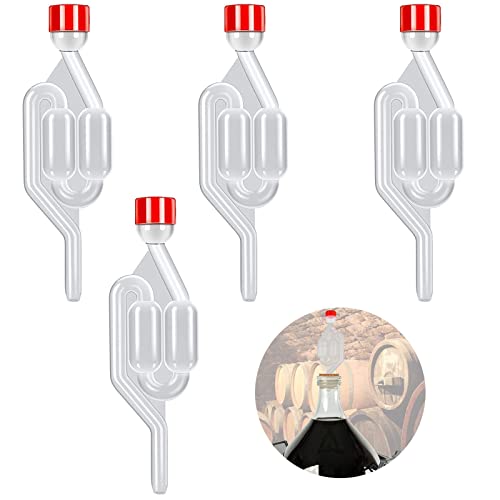I bottled my Munich Helles a few weeks ago (on 10th Nov so about 4 weeks ago) and tried a couple over the weekend.
Flavours are all good except for a residual sweetness from the remaining priming sugar that's not turned to alcohol.
This seems to be a recurring theme with my lagers, whereas my ales are fine (actually the Czech pilsner I did at the start of the year carbed up fine)
I leave the bottles for 4 weeks at room temp, approx. 19-20degC to carb & condition. In this case the Helles is 4.7% ABV so not mega strong or anything.
I batch prime but don't add any extra yeast at bottling. There's a little yeast sediment in the bottles but I wonder if the yeast is a bit tired? I did cold crash this batch but so what - I sometimes cold crash my ales and they carb up fine.
These are my options as I see it - but I would be interested to know other people's opinions:
1. Do nothing. Give it a lot longer to carb up.
2. What I actually did was gently shake the bottles to mix up the yeast sediment - but I worry the yeast will have gone dormant.
3. Put them somewhere warmer, e.g. airing cupboard.
4. Pop the caps and add some fresh healthy yeast.
5. A mixture of all of the above!
6. Doesn't help me now, but next time I might be inclined to add some bottling yeast to see if that makes a difference (I know some say it's not needed but I seem to be struggling)
Thanks in advance,
Matt
Flavours are all good except for a residual sweetness from the remaining priming sugar that's not turned to alcohol.
This seems to be a recurring theme with my lagers, whereas my ales are fine (actually the Czech pilsner I did at the start of the year carbed up fine)
I leave the bottles for 4 weeks at room temp, approx. 19-20degC to carb & condition. In this case the Helles is 4.7% ABV so not mega strong or anything.
I batch prime but don't add any extra yeast at bottling. There's a little yeast sediment in the bottles but I wonder if the yeast is a bit tired? I did cold crash this batch but so what - I sometimes cold crash my ales and they carb up fine.
These are my options as I see it - but I would be interested to know other people's opinions:
1. Do nothing. Give it a lot longer to carb up.
2. What I actually did was gently shake the bottles to mix up the yeast sediment - but I worry the yeast will have gone dormant.
3. Put them somewhere warmer, e.g. airing cupboard.
4. Pop the caps and add some fresh healthy yeast.
5. A mixture of all of the above!
6. Doesn't help me now, but next time I might be inclined to add some bottling yeast to see if that makes a difference (I know some say it's not needed but I seem to be struggling)
Thanks in advance,
Matt









































 Much better carbonation! Noticeably fizzier on the tongue and I didn't detect any off flavours either. Only thing is, the fizz kinda masks some of the bready malty character! There's just no pleasing some people!
Much better carbonation! Noticeably fizzier on the tongue and I didn't detect any off flavours either. Only thing is, the fizz kinda masks some of the bready malty character! There's just no pleasing some people! 